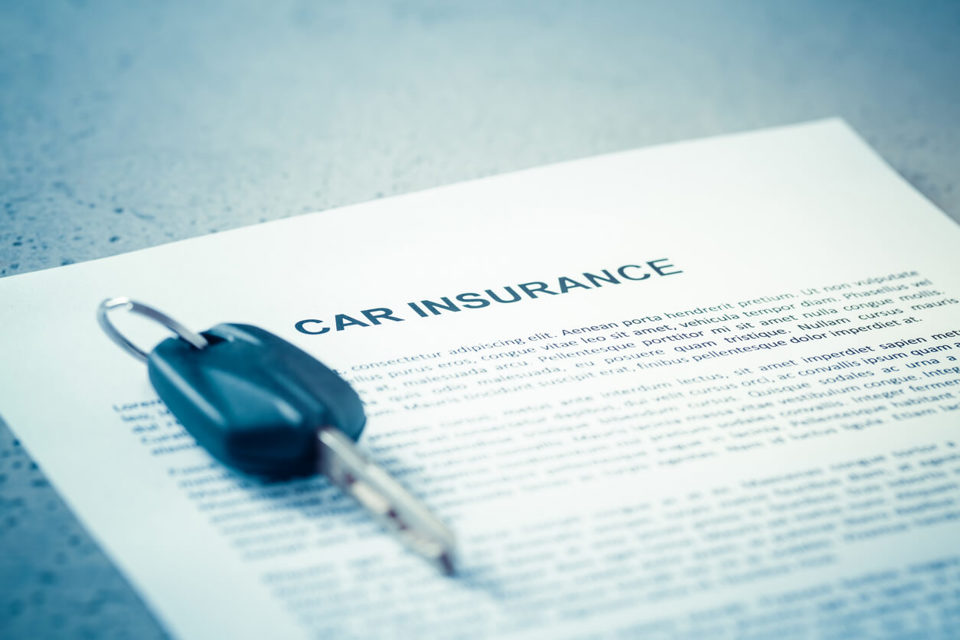Fewer people were caught driving without insurance in 2018 than any other year since 2012, new data from RAC Insurance shows.
A freedom of information request to the Driver and Vehicle Licensing Agency (DVLA) found that 79,713 people were caught in 2018 – a 33% fall on the 118,698 people caught the previous year.
The offence of using a vehicle uninsured against third party risks carries six to eight penalty points, which must stay on a driver’s record for four years from the time of being caught.
Looking at those under the age of 17, who are not even old enough to have lessons on public roads, there were a total of 872 such offences in 2018. This is 47% fewer than 2017 when there were 1,644 and 31% less than the 1,255 recorded in 2012.
The highest number of drivers below the legal driving age caught since 2012 was 1,652 in 2016.
The youngest offenders in 2018 were two 11-year-olds, but the youngest on record since 2012 was a 10-year-old who was caught in 2016.
At the other end of the age spectrum a 96-year-old was also found to be driving without insurance in 2018 – the oldest person caught for the offence since 2012.
The age responsible for generating the highest number of uninsured drivers in 2018 was 24, with 3,309 people being penalised.
But the largest number of these offences by people of one age seen across any year since 2012 was recorded in 2017 when there were 5,052 23-year-olds found to be driving without insurance.
This involves the two organisations working together to send warning letters to uninsured drivers and then subsequently issuing fixed penalty notices (FPNs) for those who fail to take out insurance.
RAC Insurance director Mark Godfrey said: “It can only be good news the number of people driving without insurance has dropped significantly in the last year and is now at its lowest in at least seven years. This should help to keep premiums down for every driver and we hope this continues in the years ahead.
“From 2012 to 2015 there was a steady downward trend in the number of ‘driving without insurance’ offences, but there was then an increase in 2016 followed by a six-year high in 2017 which appears to be directly linked to the increase in the price of insurance at that time.”
Godfrey believes that the introduction of Continuous Insurance Enforcement in 2011 probably explains the reduction seen in the following four years, but we believe the increases in 2016 and 2017 are related to a rise in the average cost of insurance.
He explained: “In November 2015, the Government raised Insurance Premium Tax from 6% to 9.5% and followed this with two more increases, taking it to 12%. This, along with other factors, added £100 to the average cost of insurance by the end of 2017, which unfortunately could explain why more people drove uninsured.
“This is further borne out by the higher number of fixed penalty notices issued by the DVLA through the Continuous Insurance Enforcement scheme over the same period.”
He says that the sharp drop in driving without insurance offences seen in 2018 is harder to explain as while the average insurance premiums began to fall the reduction in price does not seem great enough to cause such a significant change in behaviour.
“Even though the figures show an improvement in compliance the law demands that every driver has insurance,” he said. “This is to protect everyone who uses the road: drivers, passengers, motorcyclists, cyclists and pedestrians.
“Those who drive without insurance are not only breaking the law, they are also selfishly putting others, as well as themselves, at financial and legal risk.
“While no one should ever lose out financially after being involved in a collision with an uninsured driver due to the Motor Insurers Bureau acting as the ‘insurer of last resort’, every incident they are involved with adds to the average cost of insurance for law-abiding drivers.”
|
Drivers caught by a police officer using a vehicle uninsured against third party risks |
|||
|
Year |
Number of offences |
Year-on-year % change |
% change 2018 to 2012 |
|
2012 |
108,616 |
N/A |
N/A |
|
2013 |
108,486 |
0% |
N/A |
|
2014 |
102,417 |
-6% |
N/A |
|
2015 |
92,804 |
-9% |
N/A |
|
2016 |
113,502 |
22% |
N/A |
|
2017 |
118,698 |
5% |
N/A |
|
2018 |
79,713 |
-33% |
-27% |
|
Fixed Penalty Notices issued by DVLA for driving without insurance under Continuous Insurance Enforcement |
|||
|
Year |
Number of offences |
Year-on-year % change |
% change 2018 to 2012 |
|
2012 |
170,810 |
N/A |
N/A |
|
2013 |
216,287 |
27% |
N/A |
|
2014 |
221,386 |
2% |
N/A |
|
2015 |
207,240 |
-6% |
N/A |
|
2016 |
216,987 |
5% |
N/A |
|
2017 |
247,589 |
14% |
N/A |
|
2018 |
208,619 |
-16% |
22% |





















Login to comment
Comments
No comments have been made yet.